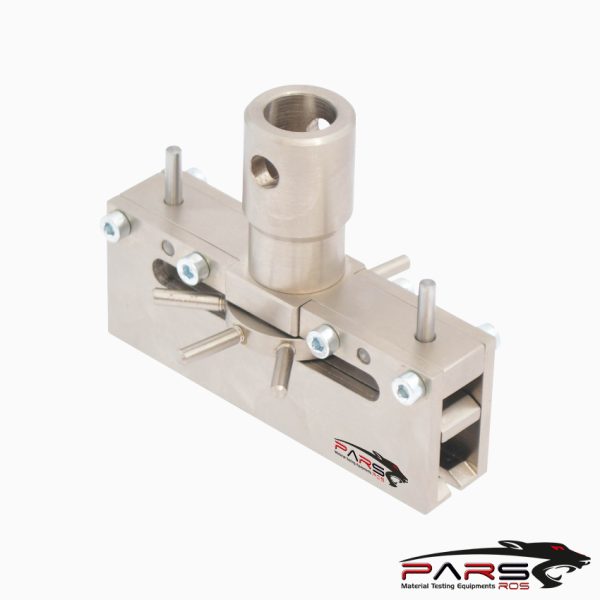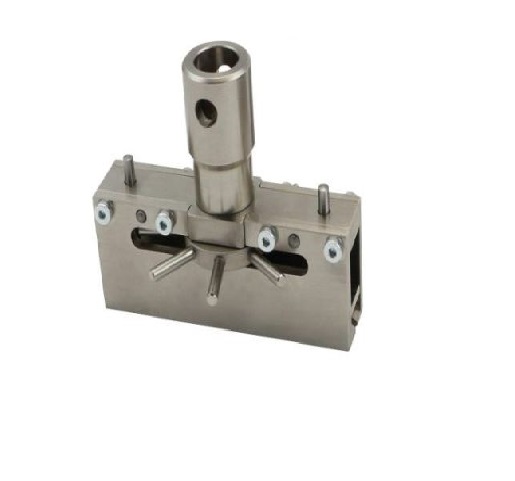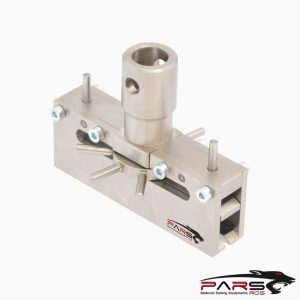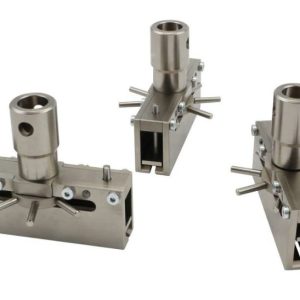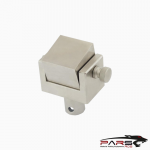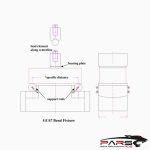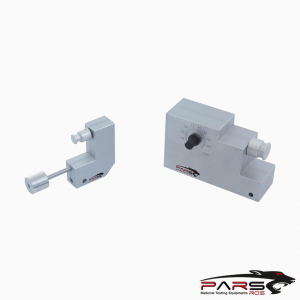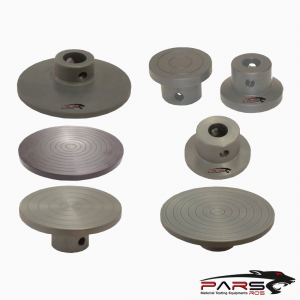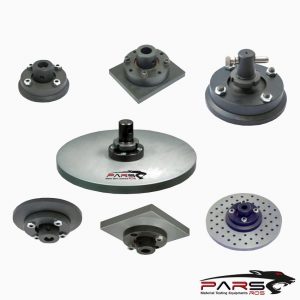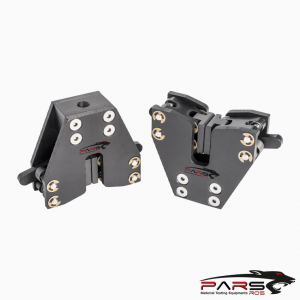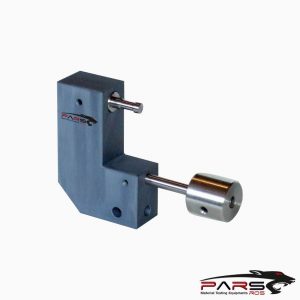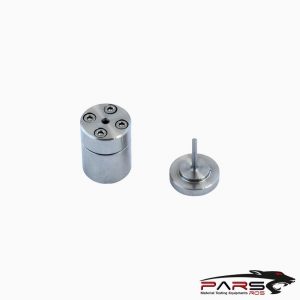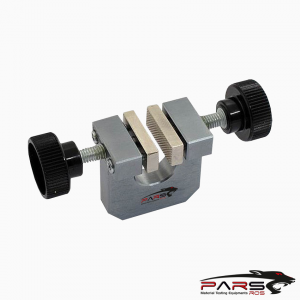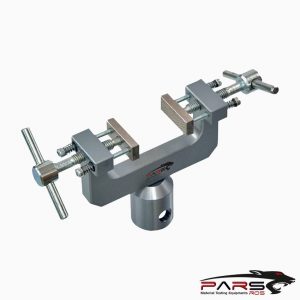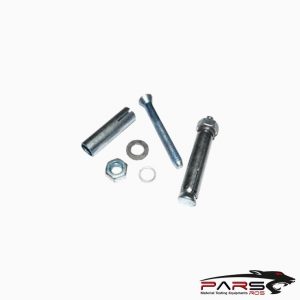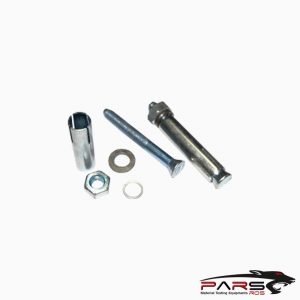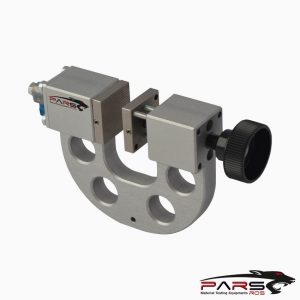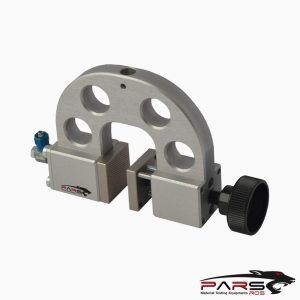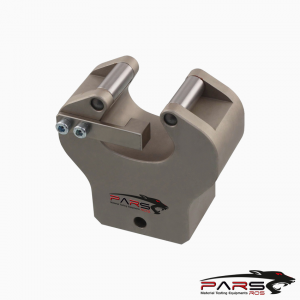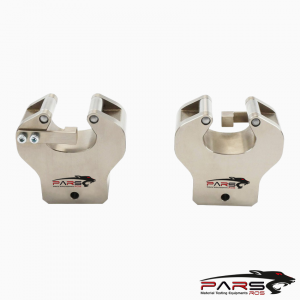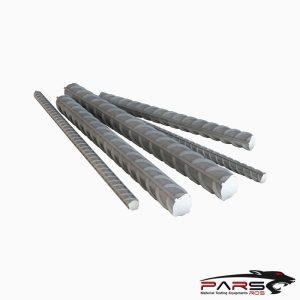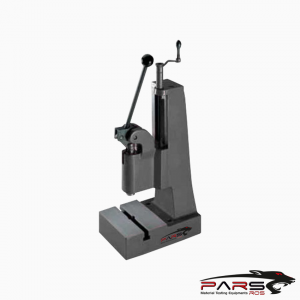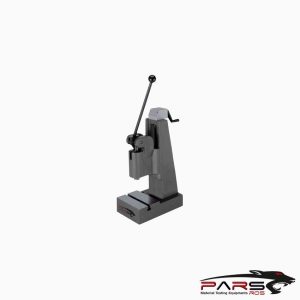ASTM D2229 Test Fixture
ASTM D2229 – This test method covers the determination of the force required to pull a steel cord from a block of vulcanized rubber.
Please Contact With Us For More Information
- Description
Description
ASTM D2229 Standard Test Method for Adhesion Between Steel Tire Cords and Rubber
ASTM D2229 – This test method covers the determination of the force required to pull a steel cord from a block of vulcanized rubber.
Although designed primarily for steel cord, this test method may be applied with modifications to wire used in rubber products.
This test method can also be used for evaluating rubber compound performance with respect to adhesion to steel cord.
ASTM D2229 / Significance and Use
This test method is considered satisfactory for the acceptance testing of commercial shipments of steel tire cord because current estimates of between-laboratory
precision for single materials are considered acceptable and the method has been used extensively in the trade for acceptance testing.
1- If there are differences or practical significances between reported test results for two laboratories (or more), comparative tests should be performed to
determine if there is a statistical bias between them, using competent statistical assistance.
As a minimum, the test samples should be used that are as homogenous as possible, that are drawn from the material from which the disparate test results
were obtained, and that are randomly assigned in equal numbers to each laboratory for testing. Other materials with established test values may be used for this purpose.
The test results from the two laboratories should be compared using a statistical test for unpaired data, at a probability level chosen prior to the testing series.
If a bias is found, either its cause must be found and corrected, or future test results must be adjusted in consideration of the known bias.
2- The mold described in this test method is primarily designed for quality acceptance testing for steel cord where the sample size for each cord is 4 or a multiple thereof,
but any mold/cavity combination which will provide the required test block dimensions (Figs. 1 and 2) is acceptable.
3- Appendix X1 contains suggested ranges of environmental conditions for aging tests.
4- The property measured by this test method indicates whether the adhesion of the steel cord to the rubber is greater than the cohesion of the rubber, that is,
complete rubber coverage of the steel cord, or less than the cohesion of the rubber, that is, lack of rubber coverage.
*** Before conducting ASTM D2229 , it is important to read the entire specification. Standards can be obtained from appropriate standard authorities.
***PARSROS offers several types of grips and fixtures which will enable you to perform a variety of tests
that are accurate and repeatable.


